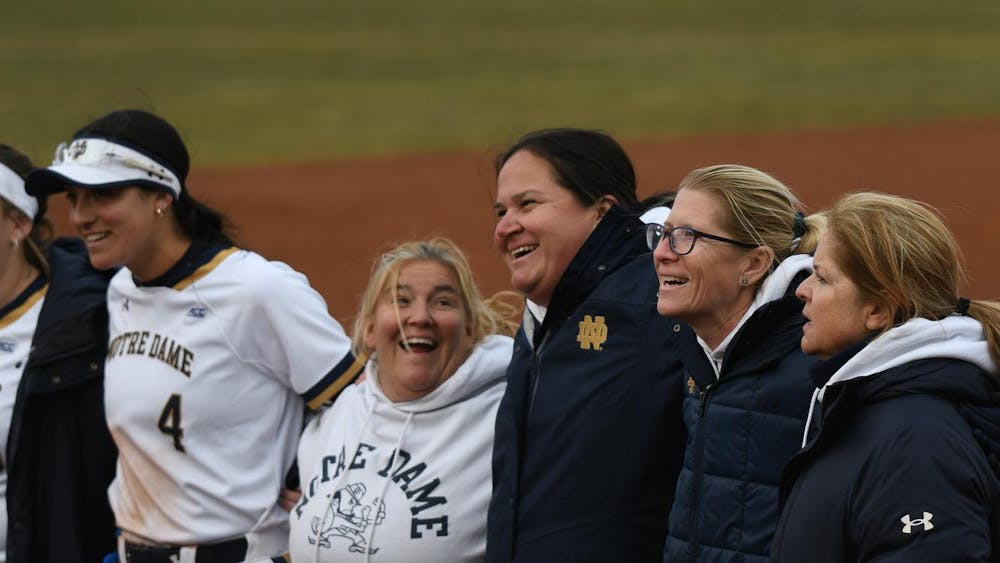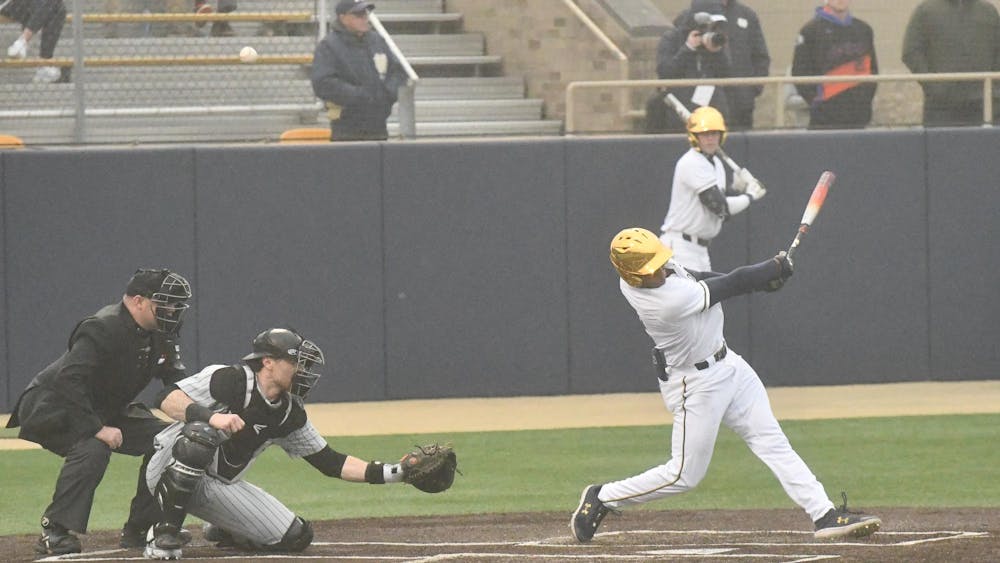PUEBLA, Mexico — American medicine conjures an image of sterile white walls, laparoscopic surgeries with high-tech instruments and patients who not only expect treatment, but also receive it. This world exists in television shows and even in many of our cities.
However, this does not hold true for all parts of the world. Elsewhere, hospitals function without air-conditioning or high-paid doctors. Operating rooms exist where flies buzz about and a strip of tape placed on a wall counts the number of gauzes and compression towels used to manage blood during surgery. Patients exist who not only refrain from demanding attention, but also avoid it until it is absolutely necessary.

How do I know this alternate world of medicine exists? I live it every single week as a student in Puebla, Mexico. Just as the stereotypical images of medicine do not apply to my current experience, neither do the stereotypical images of a semester abroad. When I told people of my plans to spend four and a half months in Mexico, I received a lot of weird looks and questions of, "Why?"
For 17 Notre Dame students, this semester is more than an opportunity to take classes, immerse in a new language, live with a host family and see a new country. Here in Puebla, we spend two mornings a week from 8 a.m. until noon at a hospital, shadowing doctors, observing surgeries, and on a good day, getting a little messy.
Every Tuesday and Thursday I take a 30-minute taxi ride with three Notre Dame students to Hospital General de Cholula, a one-story building that serves the fairly poor community in which it resides. Our first day we were immediately thrown into the delivery room, an area of the hospital marked as "sterile" only by a towel that lays on the floor to indicate the need for scrubs and booties.
In the little over a month since that day, we have learned to take patient histories and read lab results, cut umbilical cords and observed surgeries ranging from fractured tibias to hysterectomies. Here "observing" is not from a second-story balcony as seen on "Grey's Anatomy." It is an arm's distance away from the operating table, in perfect position to see everything as the surgeons not only work, but also describe to us the procedure. We scribble quickly into our notebooks with the hopes to remember everything we see, while also praying that we never forget our Spanish. I can already imagine tests in medical school where I spell "hysterectomy" as "histerectomia."
We have gotten a sneak peak at our future lives, and some days it is not pretty. We wake up at 6 a.m. for a morning at the hospital, followed by rushing to an afternoon of classes. We see people who do not take their medications and enter the hospital with stage-four kidney failure. We hear the words, "All we can do it wait," spoken to family members and know many of us will have to utter those very same ones in a few years. We dodge blood as it gushes out of a patient, see looks of terror in first time mothers, and hear cries of pain.
But we also see the amazing side of our future. We see the ease that spreads across a woman's face when you offer her a hand to squeeze during labor to let her know she's not alone. We see the miracle that is a new life entering the world. We see the hope people have that a doctor can help. We hear little kids on the street whisper, "Look at the doctors," to their moms as we pass by in our white scrubs and lab coats.

Medicine is not all glamour. It is not always squeaky-clean floors and fresh smells and high salaries. But if you look close enough, it can always be incredible.












